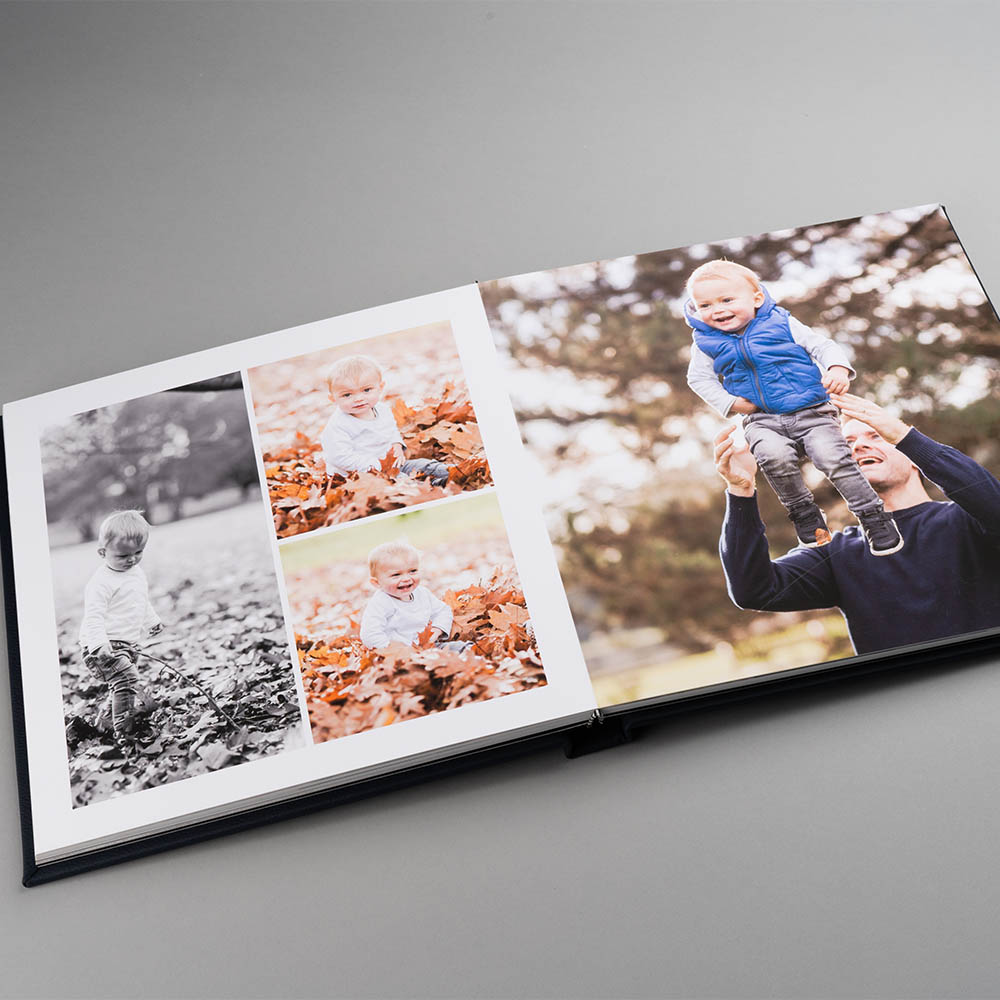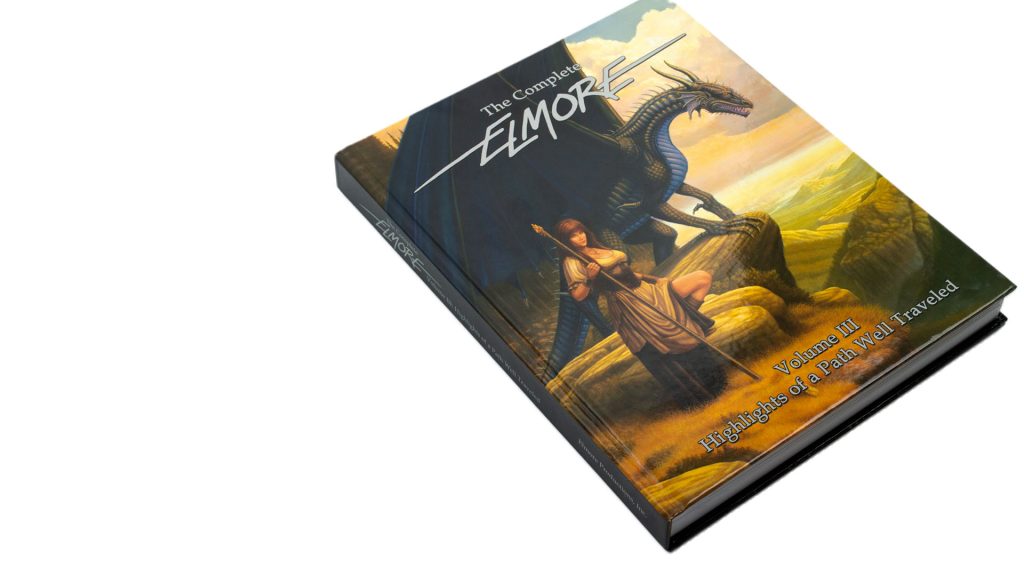Seven Printing Techniques That Bring Your art book to Life
Seven Printing Techniques That Bring Your art book to Life
Blog Article
Understanding the Refine Behind High-grade Art Book Printing for Art Lovers
When it concerns high-grade art book printing, comprehending the complexities of the procedure can elevate your admiration for the final item. You may not realize just how vital paper option and ink options are to the vibrancy of art work. Each aspect plays a significant function in achieving the preferred effect. As you check out the various components of art book printing, you'll discover understandings that could transform your perspective on art conservation and presentation.
The Importance of Paper Choice in Art Book Printing
When it involves art book printing, the choice of paper can make or break the last item. You desire your artwork to shine, and the ideal paper boosts color vibrancy and detail. Think about aspects like weight, appearance, and finish; these elements significantly affect just how viewers perceive your work.
For instance, a much heavier stock communicates top quality and durability, while a textured finish can add depth to images. Smooth paper is outstanding for in-depth recreations, enabling great lines and refined shades to appear crisp.
Don't ignore the paper's brightness; a brighter sheet can assist colors pop, making your art much more captivating. You'll additionally desire to assume regarding just how the paper engages with inks and whether it can manage the printing procedure without contorting or bleed-through. Eventually, choosing the best paper sets the stage for your art, guaranteeing it records the audience's interest equally as you imagined.
Picking the Right Inks for Dynamic Recreations
Selecting the ideal inks is equally as crucial as choosing quality paper to achieve vivid reproductions in your art book. When you're printing artwork, you desire shades that pop and accurately stand for the original piece. Choose inks with a high pigment focus; these have a tendency to produce richer and extra saturated shades.
You could think about using historical inks, which resist fading with time, ensuring your art book remains as striking as the day it was published. If you're working with pictures or digitally produced art, pigment-based inks can provide a bigger color range, enhancing information and deepness.
Don't ignore the coating! Matte and glossy inks can dramatically change the look of your artwork, so consider the look you're intending to achieve - art book. Eventually, the right ink option enhances your paper selection, producing a magnificent visual experience for your visitors
The Duty of Color Administration in Publish Quality
Shade management plays a necessary role in accomplishing high print top quality for your art book. It guarantees that the colors you see on your display convert properly to the printed page. Without efficient shade monitoring, your vibrant artworks may show up plain or altered, undermining your innovative vision.
Next, use color profiles tailored for your printer and paper type. These profiles direct the printer in recreating colors precisely, minimizing inconsistencies between digital and printed versions.
When you prepare your files, consider making use of a shade room like Adobe RGB or CMYK, relying on your printer's requirements. Constantly proof your work, also; an examination print can expose any potential shade problems before the last run. By focusing on color management, you safeguard the honesty of your art, assuring your audience experiences it as you intended.

Recognizing Different Binding Techniques
Attaining the ideal seek your art book exceeds color monitoring; binding methods additionally play a considerable role in its total presentation and durability. You have a number of options to examine, each with its own one-of-a-kind qualities.
If you're going for an expert feeling, situation binding provides a durable choice with a tough cover, perfect for showcasing your art work. On the various other hand, ideal binding provides a flexible back while maintaining prices down, making it a popular option for softcover books.
Spiral binding permits your art book to lay flat, which is wonderful for More Help showing pictures without obstruction. Saddle stitching is perfect for smaller sized pamphlets, offering a tidy surface without the mass.
Inevitably, the binding method you pick must reflect your artistic vision and how you want readers to involve with your work. Make certain to evaluate these options meticulously to accomplish the most effective outcome for your task.
The Influence of Publish Size and Design on Presentation
While the choice of print size and design might appear second to material, they substantially influence exactly how your artwork is perceived. The measurements of your prints can either improve or reduce the impact of your pieces. Larger prints can attract viewers in, enabling them to appreciate elaborate information, while smaller styles might require more intimate interaction.

Conservation Techniques for Durable Art Books
To guarantee your art publications stand the examination of time, it's important to carry out reliable preservation methods. Beginning by keeping them in a cool, dry environment, far from direct sunshine and moisture. This prevents fading and warping, maintaining your pages undamaged. Usage acid-free storage boxes or protective sleeves to protect them from dirt and physical damage.
When handling your books, always clean your hands or use cotton gloves to prevent oils and dust transferring onto the web pages. Stay clear of flexing or creasing the backs; instead, make use of book sustains when displaying them.
For included defense, take into consideration spending in archival-quality products for any type of repair work or improvements. Regularly examine your collection for indicators of wear or damages, attending to concerns without delay. By following these basic methods, you can assure your art publications stay dynamic and available for several years to come, preserving their charm and value for future generations.
Teaming up With Printers for Optimum Outcomes
When you prepare to publish your art book, picking the best printer is vital to achieving your vision. Clear interaction about your expectations and requirements will this hyperlink certainly assist guarantee that both you and the printer are on the exact same web page. Allow's check out exactly how to make this collaboration as seamless and effective as possible.
Choosing the Right Printer

Reliable Communication Approaches
Effective communication is necessary for transforming your art book vision into reality, especially when collaborating with printers. art book. Start by clearly outlining your project's objectives, consisting of design aspects, recommended products, and any specific printing strategies. Don't think twice to share your motivations and recommendations; this assists the printer understand your aesthetic
Establish up routine check-ins to review progression and address any inquiries. Use visuals, like mock-ups or samples, to convey your ideas better. Be open to responses, as printers commonly have valuable understandings that can improve your task. Finally, keep a favorable partnership by being considerate and appreciative of their proficiency. This partnership will certainly ensure that your art book fulfills your expectations and radiates in its final form.
Regularly Asked Inquiries
What Prevail Blunders to Stay Clear Of in Art Book Printing?
When publishing your art book, stay clear of usual errors like bad resolution images, wrong color profiles, and neglecting page layout. Don't neglect to check and confirm information to validate your end product fulfills your expectations.
Just How Does Digital Printing Differ From Traditional Printing Methods?
Digital printing uses electronic files to develop prints straight, permitting for quicker turn-around and personalization. On the other hand, traditional approaches include physical plates, which can be lengthy and much less adaptable for tiny runs or unique layouts.
What Is the Regular Turnaround Time for Art Book Printing?
The common turn-around time for art book printing varies, but you can anticipate it to take anywhere from a few weeks to numerous months. Aspects like complexity, amount, and printing approach all affect this timeline.
Can I Print a Minimal Version Art Book Financially?
You can print a limited version art book economically by choosing cost-efficient materials, enhancing print runs, and making use of electronic printing alternatives. Cautious preparation and budgeting will help you accomplish quality without spending too much.
What Are the Ecological Factors To Consider in Art Book Printing?
When thinking about art book printing, you must consider environment-friendly products, lasting inks, and energy-efficient processes (art book). Picking neighborhood printers can likewise minimize your carbon footprint, making your task both attractive and ecologically accountable
Report this page